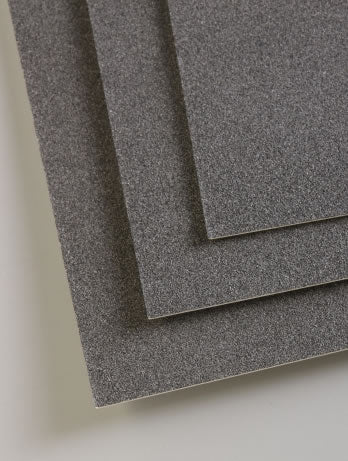
Can you Paint on Pastel Paper?
Share
Unlocking the Potential of Pastel Paper for Painting (Beyond Pastels!)
Can You Paint on Pastel Paper?
Absolutely! Most pastel papers, when used correctly, can handle a range of wet media. They are resistant to small amounts of water or alcohol, as long as you avoid scrubbing the surface. While not suitable for watercolour, pastel paper works wonderfully with paints like acrylics, gouache, and even neat acrylic paint. The slight fuzzy texture of the paper gives your artwork a beautiful, atmospheric feel.
Some popular pastel papers that can handle wet media include:
- Pastelmat by Clairefontaine: This paper has a smooth, velvety surface that can absorb multiple layers of pastels, and surprisingly, it can also handle acrylics and other wet media. It’s acid-free, lightfast, water-resistant, and available in a variety of colours.
- Art Spectrum Colourfix Pastel Paper: Known for its toothy texture, this paper can tolerate small amounts of water and is perfect for adding vibrant, layered effects with acrylics or gouache.
- Mi-Teintes by Canson: This paper can also handle a small amount of water, making it versatile for mixed-media artists.
- Ampersand Pastelbord: A sturdy, ready-to-use panel with a high-grit texture, perfect for both dry and wet media.
The Unique Texture of Pastel Paper
Pastel paper typically has a high-tooth texture, which is great for holding onto dry media like pastels and charcoal. However, this texture can also create interesting effects when using wet paints. It's important to note that the rough surface may not allow for the smooth washes you'd expect from watercolour paper, so it's best suited for media like gouache and acrylics that can interact with the texture.
When painting on pastel paper, you’ll notice a slightly fuzzy effect that adds depth and atmosphere to your pieces. This makes pastel paper an excellent choice for creating more textured, layered, or moody works of art.
Why Should You Try Pastel Paper for Painting?
- Increased Texture: Pastel papers generally have larger particle grit, giving them a rougher surface than regular gessoed papers or canvases. This added texture can add richness and dimension to your work.
- Better Adhesion for Certain Mediums: Pastel papers are especially effective for encaustic painting (hot wax), as their high tooth allows the wax to grip better, creating a more secure bond.
- Restoring Slick Surfaces: If your acrylic painting has become too slick, using pastel paper can help restore a bit of "bite" to the surface, allowing for better adhesion of layers.
- Unique Effects: The high tooth and absorbency of pastel paper are perfect for layering, whether you're working with acrylic, gouache, or even pastel. The texture gives each layer a subtle, soft look that wouldn’t be achieved on a smoother surface.
Conclusion
While pastel paper is traditionally made for dry media, its versatility with wet paints offers exciting opportunities to explore new textures and techniques in your artwork. Whether you're working with acrylics, gouache, or even encaustic paint, pastel papers like Pastelmat, Colourfix, Mi-Teintes, and Ampersand Pastelbord can open up new creative possibilities. So, next time you’re looking for a textured surface to add depth and atmosphere to your painting, give pastel paper a try!




















